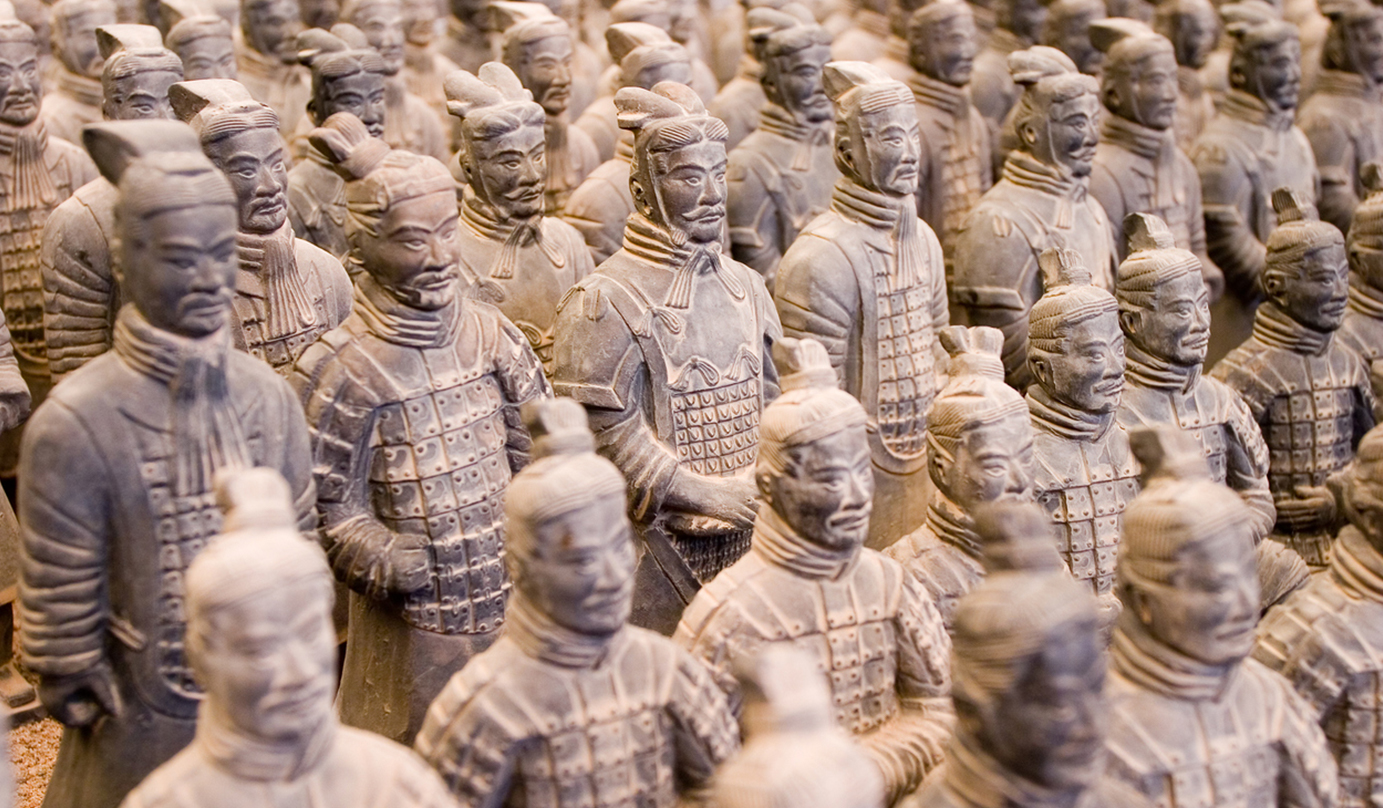
Asia is Earth's largest and most diverse continent. It contains Russia and China, the two biggest countries in the world. It contains the Indian subcontinent. It is home to the highest and lowest points on Earth. But that is not all. It also has an incredible history.

Ancient Asia was home to different groups of people. India saw the rise and fall of the Maurya Empire. It covered territories such as modern-day Pakistan and Afghanistan. It was one of the largest empires at the time. It disintegrated after the death of its leader, Ashoka.

In China, we saw many dynasties. The Zhou lasted for around 800 years. It used a feudal system. It was a hierarchy in which power was given to the nobles.

The Zhou dynasty brought China together. It made the Chinese language popular. During this time, there were many new philosophies. It was important to respect the elders.

Then came the Qin dynasty. It only lasted 15 years. But it made lots of changes. They began building the Great Wall of China. They expanded their land. They began making silk.

Then came the Han dynasty. It is considered the golden age. The Han made contact with people from the Middle East. They developed the Silk Road. It connected China, India, the Middle East, and Europe. This trade made them wealthy. But after 400 years, the Han dynasty fell.

Then came the medieval times. Asia saw lots of innovation during this period. Gunpowder was used as early as the 11th century. They had ways of printing onto paper.

The Mongol Empire conquered large parts of Asia and Europe. It was led by Genghis Khan. Never had a person controlled as much land as him. But its fall was inevitable. It was defeated in 1260.

Dynasties continued to rise and fall in China. The Sui, Tang, Song, and Yuan dynasties brought improvements to the government. Buddhism was the prominent religion.

The early modern era began in the 1600s. The Russian Empire took over most of Central Asia. The Ottoman Empire ruled much of the Balkans, North Africa, and the Middle East. China was ruled by the Qing Dynasty. It had the largest economy in Asia. The Mughal controlled most of India. It was known as the second golden age of India.

During this time, Korea was growing. We saw the advent of the Korean alphabet. It was created by the fourth king, Sejong the Great, in 1443. He also improved science and technology in Korea.

In 1757, Britain colonized India. It set up the East India Company. It controlled most of India's trade.

The late modern was a time of violence. Britain and Russia were fighting over Central Asia. Britain and China were at war. Russia was at war with Japan.

In the early 20th century, European countries had control over much of Asia. After World War II, many Asian countries became independent. But that was not the end of the fighting. There were many political disputes that followed.

Now, Asia contains 48 countries. Each has its own language and culture. Each is proud of its history.